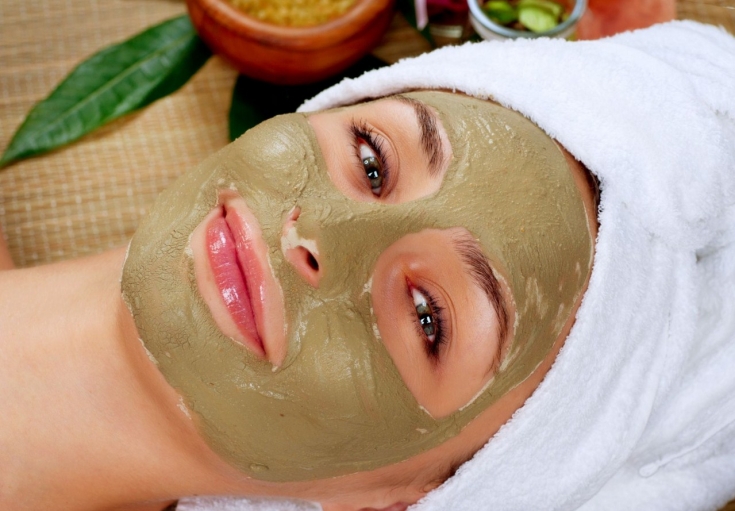In the cold season, procedures that are undesirable to be carried out during the period of active sun are of particular relevance. These procedures include various peels, which are included in most cosmetic skin care programs. Usually we are talking about chemical peels, as a well-established method, but recently the interest of specialists has been attracted by biological peels, and among them – procedures based on badyagi (or bodyaga). How this substance works, and what results it allows to achieve when peeling the skin of the face, found out estet-portal.com.
Properties of badyaga useful for facial skin peeling
Badyaga and pharmacy tincture from this substance have long been known to those who had to remove bruises on the face and body, because it perfectly resolved stagnant spots and fresh hematomas. Today, thanks to high-tech innovations, the active substance of badyagi has been used as part of biological peels.
Badyaga is a freshwater sponge. It is formed from desiccated colonies of various intestinal animals and, from the point of view of biochemistry, consists of silicon needles, which are interconnected by an organic substance resembling natural silk in composition. For use as part of biological peeling, a suspension is made from badyagi.
When peeling with a suspension of badyagi, silicon microneedles of the substance penetrate the epidermis and dissolve there. At the same time, a typical inflammatory process starts in the epidermis and dermis.
The chemical composition of badyagi microneedles includes phosphate and carbonate salts of lime, various organic substances that have anti-inflammatory, regenerative properties and can improve microcirculation in the skin.

Peculiarities of the inflammatory process caused by peeling of the skin of the face with badyagi
Badyagi-based peeling differs from traditional chemical peelings in its asepsis. The skin does not peel due to protein coagulation, as with a chemical agent, but under the action of biostimulation. At the same time, the inflammatory process launched by the badyagi microneedles goes through all the typical stages necessary to obtain the desired result of skin regeneration.
Alteration. Cellular changes are triggered when the cosmetologist provides active penetration of the microneedles of the substance into the middle layers of the epidermis by massaging the suspension.
Exudation. First, the vessels react with very short-term ischemia, then the arterioles and venules dilate, the number of active capillaries increases, and an increase in the amount of oxidized hemoglobin in the vessels causes redness.
The irritating effect of badyagi microneedles powerfully activates microcirculation and thus affects structural changes in the skin. Improvement of vascular tone and venous congestion allows to successfully correct involutional changes in the skin.
Since patients with various types of skin aging experience a significant deterioration in microcirculatory processes, biopeels with badyaga become a good help in their correction.
Proliferation. The final stage of peeling with bodyaga is characterized by the activation of fibroblasts. The synthesis of collagen and elastin, other components of the skin matrix, is launched. As the inflammation subsides, reparative processes unfold.
On the next day after the procedure, large-lamellar peeling begins, which lasts for about three days. The upper stratum corneum is exfoliated without maceration and the formation of characteristic post-peeling crusts. The absence of damage to the skin during peeling with badyaga prevents hyperpigmentation and the risks of secondary infection, which insures the cosmetologist and his patient from post-peeling complications. and generally improve the condition of the skin.
Read also:







Add a comment